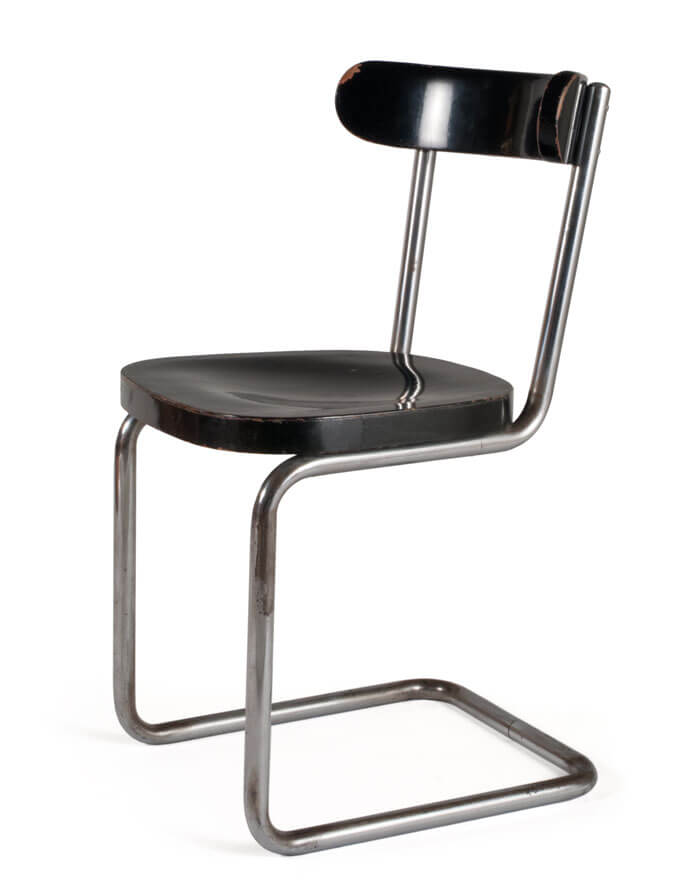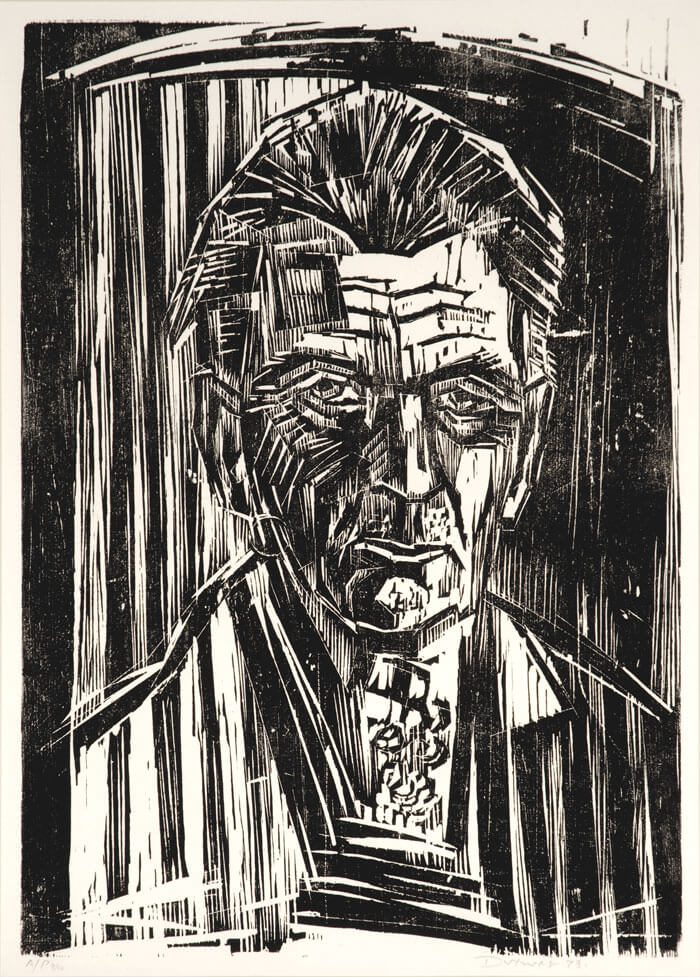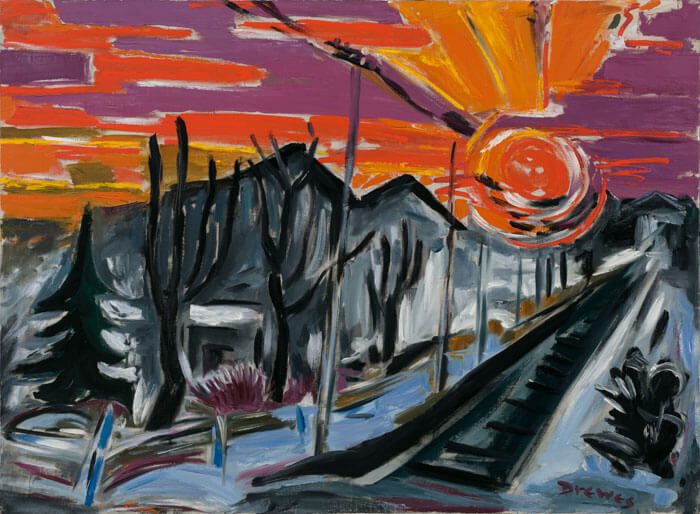
January 25 – December 31, 2019
Kirkland Museum of Fine & Decorative Art, Denver, Colorado
One of the most influential members of the Bauhaus movement of the early twentieth century, herbert bayer (who preferred his name spelled in all lowercase and favored a unitary, stylized, and all-lowercase alphabet) believed in the seamless integration of fine art, decorative art, architecture, and graphic design. In his view, artists and designers can be in intimate dialogue. Crossovers and experimentations are to be encouraged. In that spirit, Denver’s Kirkland Museum of Fine & Decorative Art is spotlighting the Bauhaus Centennial with an expansive display of paintings, prints, sculptures, textiles, furniture, and other items. In fact, more than one hundred objects have been selected from the museum’s permanent collection, representing eleven artists and designers who studied or taught at the Bauhaus school. Bayer was both a student and a teacher at the Bauhaus and in his later years, a Coloradan. A variety of his artistic output is generously on view, as is that of another Bauhaus artist with Colorado connections, Werner Drewes.

The exhibition is a treat for those who love the simple but sophisticated style, bold colors, fluid lines, funky sans serif fonts, and geometrical intrigue synonymous with the Bauhaus. Diverse works spill from one gallery to another, reflective of the museum’s general organization of its collection into densely accoutered, salon-style rooms, running along either side of a long hallway. (By the way, the museum is enjoying increased traffic in its new location in the Golden Triangle Creative District.) Each gallery encompasses a certain art and design movement, such as Art Deco, Arts & Crafts, or Art Nouveau, and arranges items in vignettes. So in the Postmodern gallery, it’s a pleasant surprise to see a Frank Gehry design, Wiggle Side Chair & Stool (1969-73) beneath bayer’s vibrant Study for “Geometrically Exploded” (1973). For those in search of pure Bauhaus, objects are tagged with a Bauhaus-reminiscent black-and-white card. One gallery has been reorganized into a virtual Bauhaus temple, tightly packed with treasures adorning the walls and floor. Included in a vignette are Ludwig Mies van der Rohe’s Barcelona Chair (1929) and Barcelona Table (1930); bayer’s porcelain sculpture, Landscape (1982); and an eye-catching yellow-and-orange, geometrically bold rug designed by bayer in 1972. The array of paintings and prints includes a superb Drewes 1973 self-portrait from a woodcut that demonstrates his mastery of carved lines and shapes to suggest facial features and clothing. A more-secluded wall at the rear of the museum displays Seven Convolutions (1948), a series of bayer lithographs that meditate on elements of nature. Nearby are several other Drewes woodcut prints focusing on landscapes and cityscapes. Bauhaus greats Marcel Breuer and Marianne Brandt are among the other featured artists; Breuer’s tubular-steel-and-leather Wassily Chair (1925-27) is a can’t-miss. Even though Bauhaus works are spread throughout the museum, it does serve to reinforce the timeless appeal of Bauhaus art and design and its harmonious compatibility with other movements.

Arguably, the Bauhaus movement was too short-lived. It sprang from a modernist art school established by Walter Gropius in 1919 in Weimar, Germany, where avant-garde experimentation was fostered and the idea of “beauty through function” helped modern art evolve. The Nazi regime forced the school’s closure in 1933, but as artists emigrated, the influence of Bauhaus spread. Intermittent celebrations of Bauhaus, such as those taking place around the world this year to commemorate the centennial anniversary, remind us that its holistic principles are still relevant. One of the hotspots for Bauhaus activity this year is Aspen, Colorado, where bayer lived from 1946 to ’75 and where many of his design concepts—ranging from private residences to the Aspen Institute campus to travel posters—are part of the ski town’s fabric. A wide-ranging schedule of lectures, concerts, historic walking tours, children’s activities, and museum and gallery exhibitions can be accessed at the Bauhaus 100: Aspen webpage: bauhaus100aspen.org.





